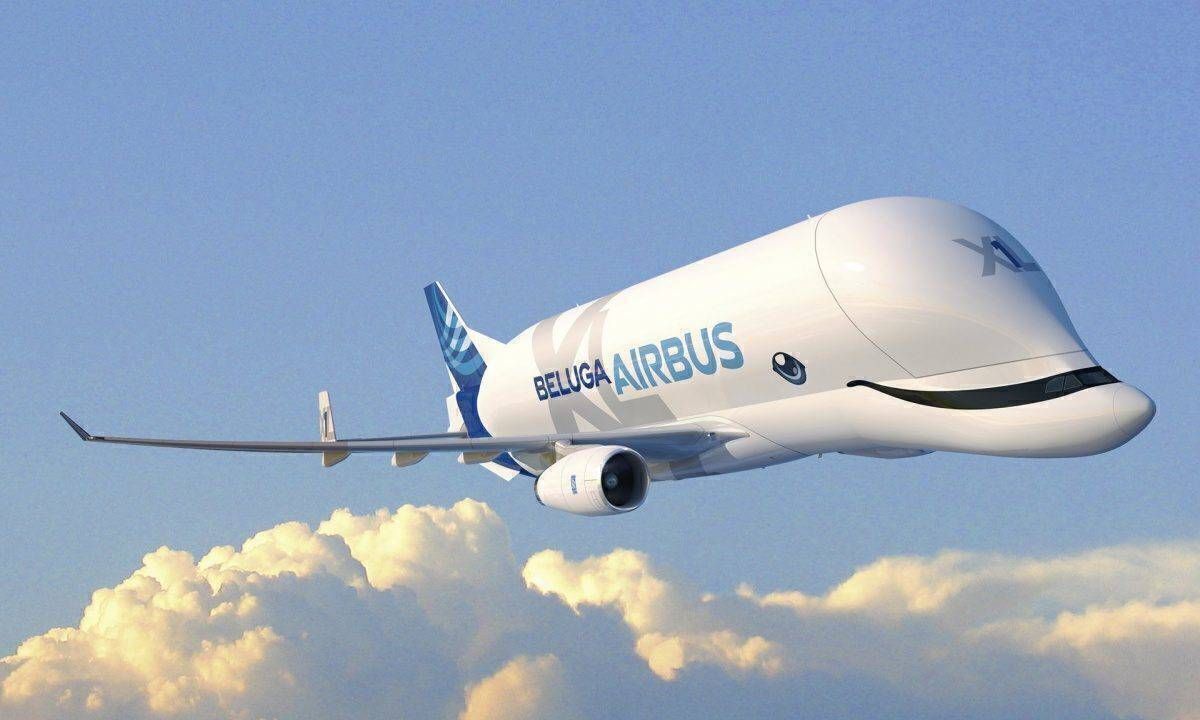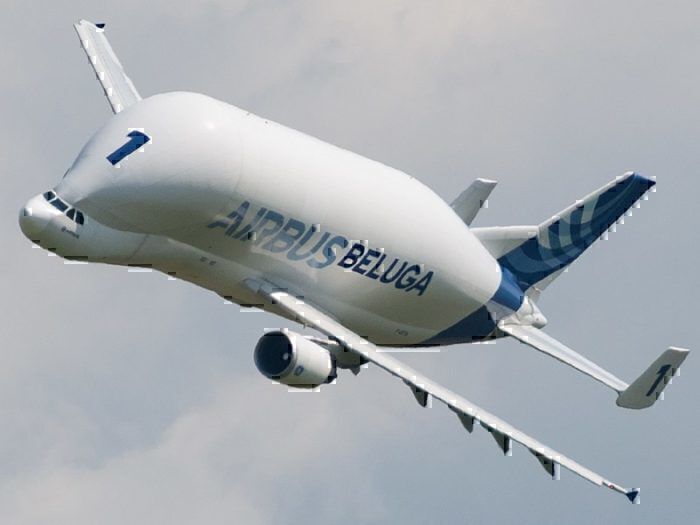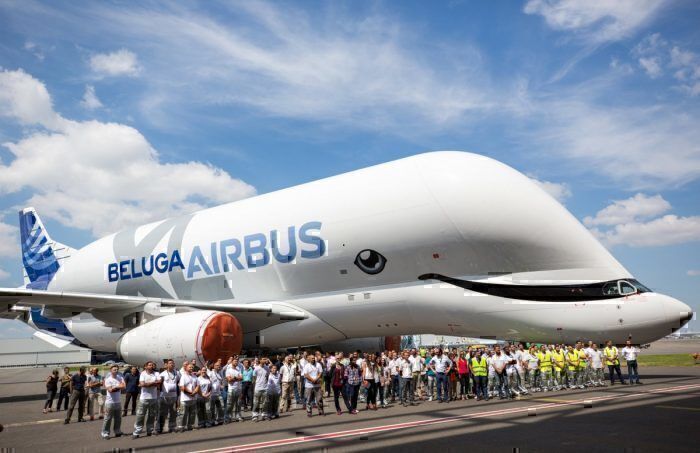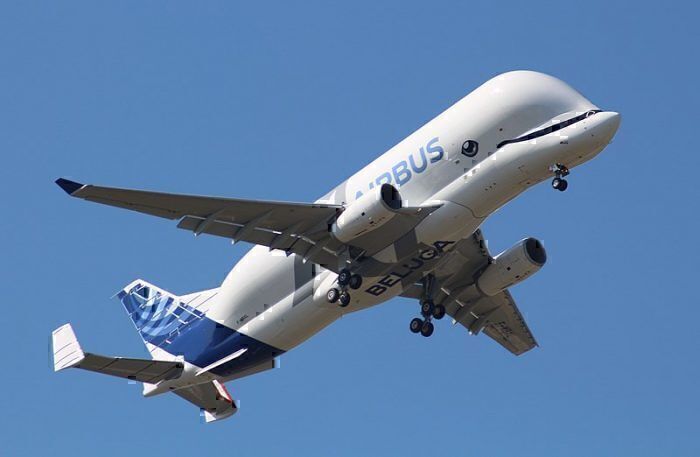There is no aircraft more appropriately named than the Beluga. The specialized cargo aircraft from Airbus might be based on a conventional commercial plane, but having undergone conversion to a cargo aircraft, has an uncanny resemblance to a beluga whale. So, what's the story behind the Airbus Beluga and its successor, the Beluga XL?
A plane designed to carry aircraft components
Both Boeing and Airbus have aircraft that were specifically designed and built to transport aircraft components to their factories. Both manufacturers are increasingly outsourcing the production of aircraft components to trusted suppliers. But with suppliers located around the globe, getting the components from suppliers to the aircraft manufacturer in a timely and efficient manner becomes an issue. Whereas Boeing has specialized aircraft like the Dreamlifter, Airbus's answer is the Beluga.
Airbus has two types of aircraft built solely to transport aircraft components. The Beluga and the Beluga XL. The Beluga XL is the recent successor to the Beluga.
The Beluga started flying in 1995. Its proper name is the Airbus A300-600ST (Super Transporter), and it's based on the A300-600. The Beluga has a cargo hold of 53,000 cubic feet, placing it between the C-5 Galaxy and Antonov AN-124 in terms of volume capacity. That's big but not big enough to transport all the fuselage components for an A380.
There are five Belugas in service, enough for Airbus to build a charter business besides transporting their own aircraft components. Ironically, an early Beluga charter customer was Boeing!
The successor to the Beluga
The Beluga XL is the successor to the Beluga. For the time being, it will operate alongside the Belugas. The Beluga XL addresses two issues. First, business is brisk with the Belugas, and the Beluga XL will soak up the excess demand. Second, the Beluga XL is bigger and can transport the larger aircraft components that the Beluga cannot.
Over the next few years, as more Beluga XL come online, the older Belugas will gradually be retired from Airbus and sold to external customers.
In terms of freight carrying capacity, the XL is a significant step up from the original Beluga. The Beluga XL will have a massive volume capacity of 78,000 cubic feet. That's a 47% increase in volume. The Beluga XL will have a maximum take-off weight of 227,000 kg, whereas the Beluga has a maximum take-off weight of 155,000 kg. The Beluga XL has a range of 4,300 kilometers when carrying its maximum payload. In contrast, the Beluga has a range of 4,632 kilometers when flying with maximum payload.
The Beluga XL is now playing a role carrying A350 components
As has been well reported, Airbus is winding down A380 production. That negates one of the original issues against the Beluga - that it wasn't capable of carrying the full range of A380 components.
But nothing stays still in aviation. As the A380 declines, the A350 rises. The A350 isn't as big as the A380, but the Beluga XL will still prove handy. The Beluga XL can carry two A350-1000 wings, whereas the Beluga can only carry one.
The first Beluga XL only entered service in January 2020. It had completed over 200 test flights flying approximately 700 hours. Airbus plans to build six Beluga XLs and have them in the air by 2023.
In the meantime, Airbus might find their over-sized Belugas increasingly in demand. As commercial flights largely ground to a halt, demand for cargo flights is holding and even trending up. And as commercial aircraft orders drive up, both versions of the Belugas are proving a bright spot for Airbus.




